A Good Power to Weight Ratio

(Source: Shutterstock)
When finding a sports car, you have to look carefully at the quality of the engine. Several features in the engine can make a world of difference when it comes to making your car work right. The power to weight ratio is especially important. You need an engine that generates more power when compared with the weight. This is to allow the engine to accelerate quickly and to respond to the throttle. This is critical as your vehicle might need more power depending on how much it weighs. While the maximum amount of power can be high, the effort needed to get there can be just as tough.
Light Weight Materials
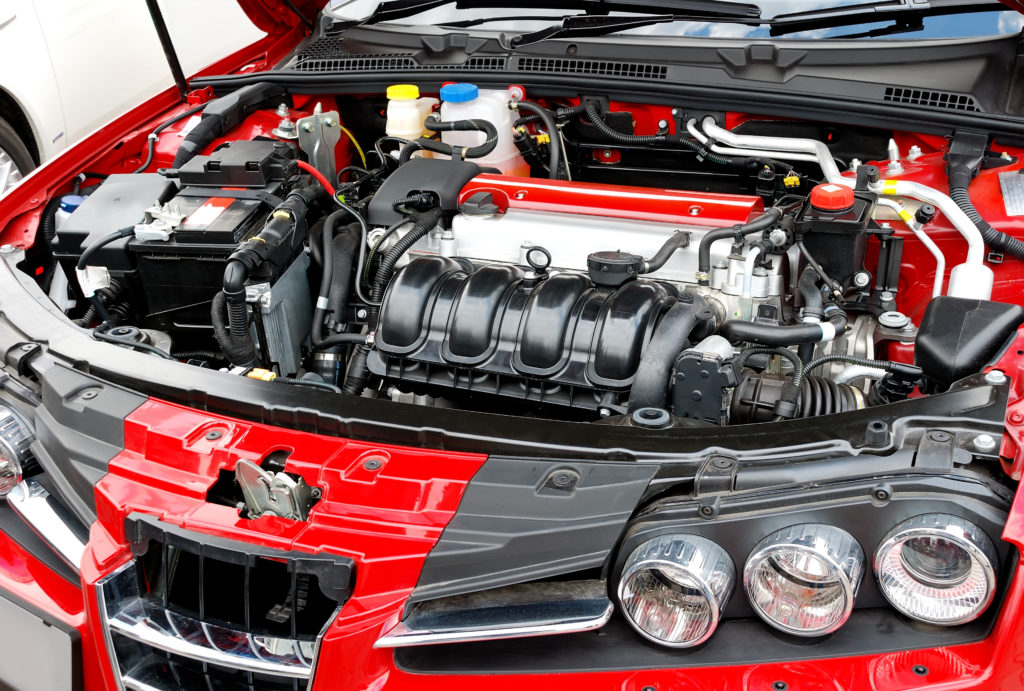
How heavy is your engine? (Source: Shutterstock)
Sports car engines are often designed with heavy metals like steel because they are stronger and thicker and can last a while. However, such materials can be burdensome because they make it harder for the car to move. Aim for an engine made with aluminum instead. This is a metal that is strong enough to support your power needs while still being light in weight. It will not corrode easily either.
Don’t forget to check on the cylinder heads. They should be made with lighter materials too. Aluminum alloys will fit in perfectly with your requirements for a lighter engine.
A Short Bore Stroke Ratio
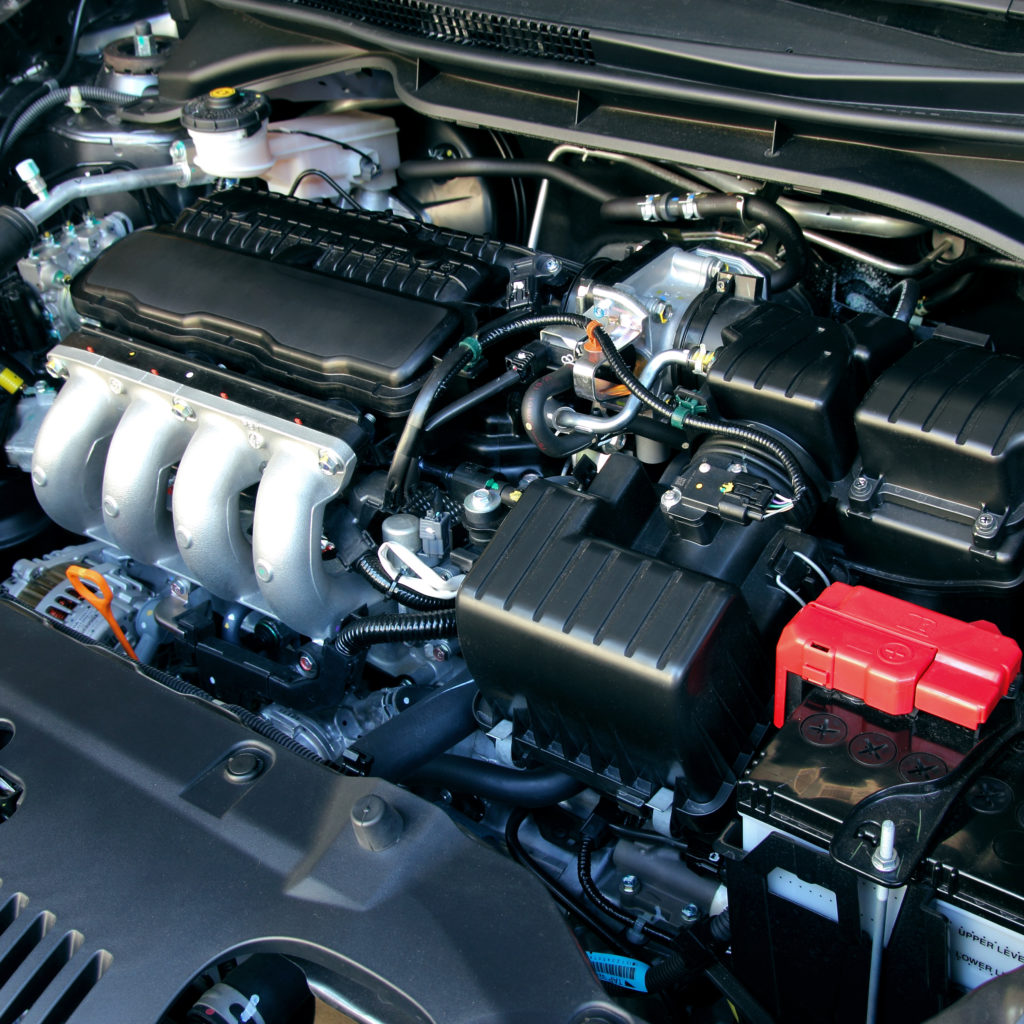
(Source: Shutterstock)
The bore stroke ratio refers to the size of the bore in accordance to how long a piston stroke is. When the ratio is short, the bore will require less movement to get a piston to move back and forth quickly. This allows your engine to run faster. Aim for a bore stroke ratio of about 0.8 if possible although anything shorter than 0.95 may help. Of course, this is not as short as the 0.5 ratios that Formula One cars use but it’s not like you are going to head out as quickly as one of those vehicles can.
Supercharging
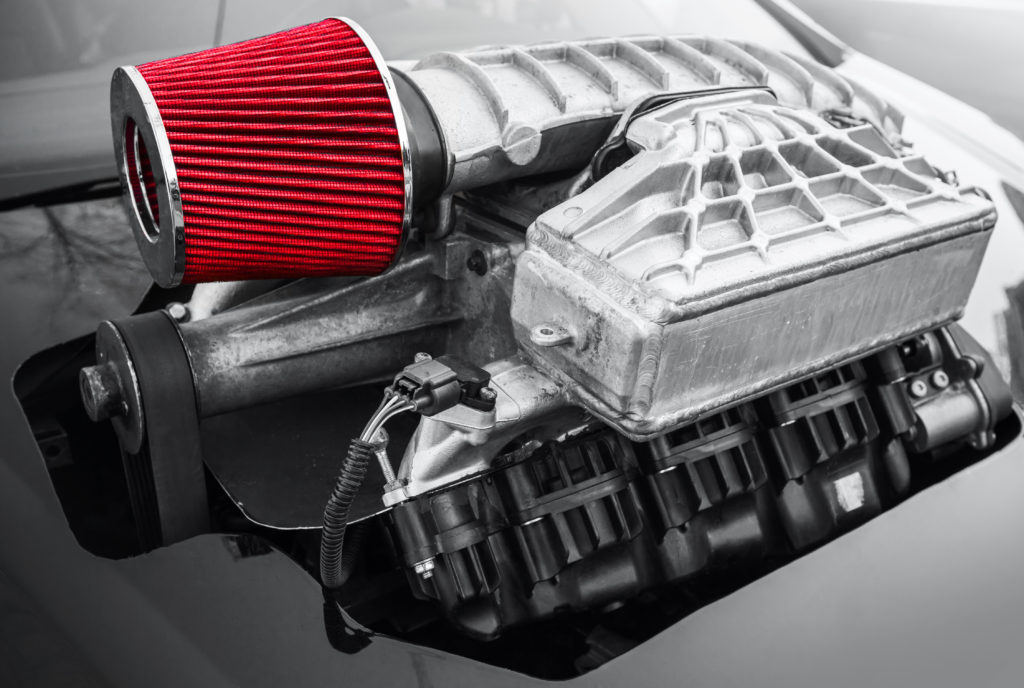
A supercharger can make a world of difference. (Source: Shutterstock)
Supercharging is a special feature in many sports car engines. A supercharged engine is one that forces intake air into the vehicle. This allows you to add more fuel into the engine, thus increasing the power. This adds more power without forcing extra weight onto the engine.
This will require more fuel though. Fortunately, many engines come with trigger functions that allow you to activate or shut down the supercharging feature as you see fit. This could help you get the most out of your vehicle’s fuel and especially works if you’re in a tight space where supercharging isn’t going to be worth much.
A Low Center of Gravity
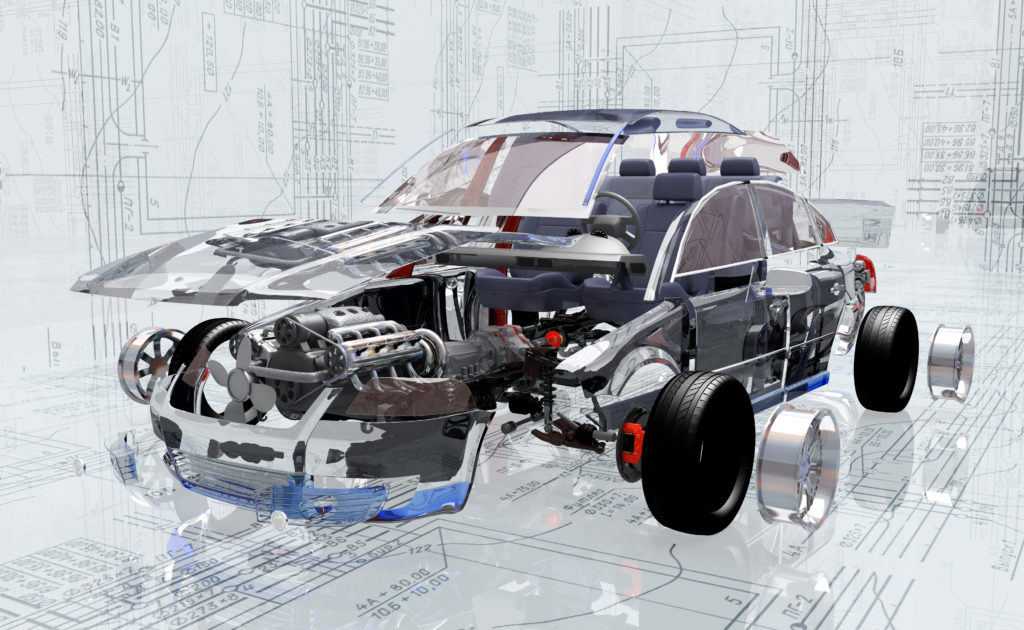
(Source: Shutterstock)
The center of gravity within your engine should be as low as possible. This is to keep the weight in the engine balanced. As this is done, the engine will not be as hard to use as it could be. The layout of the cylinders should be organized to keep that balance in check. A V-shaped design is a good option for how balanced it is, for instance. Do check on how the engine is arranged based on its shape and how well it is placed within the vehicle as well so you will have more control over your vehicle.
Enough Ventilation

Check the vents on your engine regularly. (Source: Shutterstock)
The ventilation inside your engine must be organized well to allow air to move out quickly. This is needed so the engine will not overheat. A crankcase ventilation system may be incorporated to allow gas to move out from the crankcase. This keeps the air moving cleanly and clearly. More importantly, it keeps pressure from being a real threat within the vehicle. It allows the engine to run without burning up quickly. Still, the air must be distributed outside the engine fast enough and should have a clearer point that doesn’t entail the air moving around more parts of the vehicle.
Sensible Fluid Ports
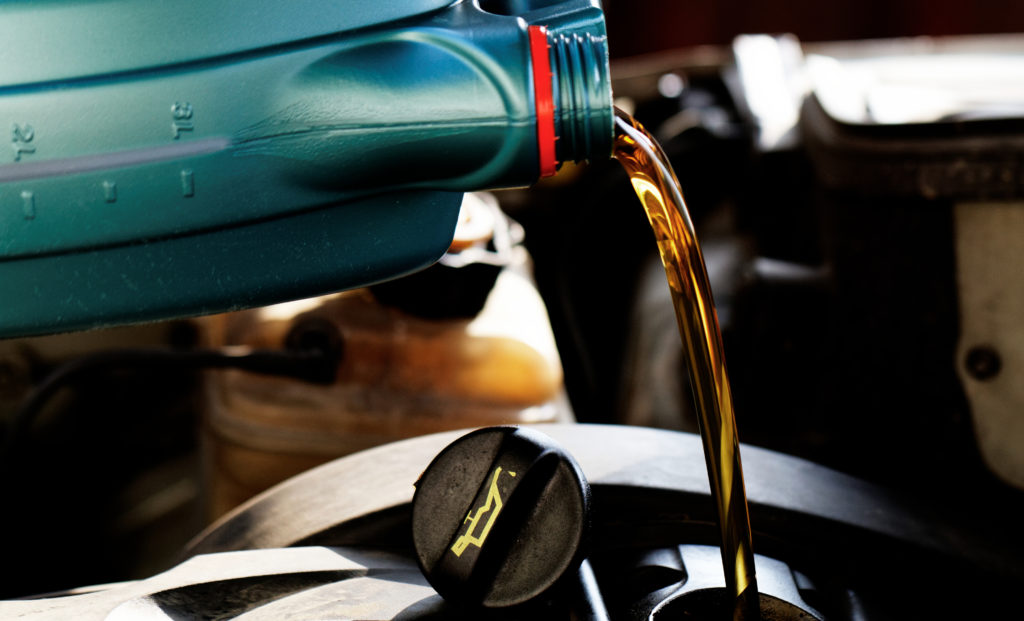
(Source: Shutterstock)
Check the fluid ports of any engine you are looking at. There should be ports for the oil and coolant among other features. They should be carefully listed and secured so you know where to add fluids if needed. Anything that offers a bit of support for keeping you from spilling fluids onto the engine’s body while refilling them helps too.
A funnel may still be best for such engines though, what with it redirecting the fluids properly without spilling all over the engine. This is needed to keep the engine from having too much weight from excess outside materials.
Insulation

(Source: Shutterstock)
Insulation is needed around the sports car engine. This is to keep the interior parts from being exposed to outside forces. It also protects the engine from moisture and other things that get onto its body. This is crucial if you live in an area where rain or snow might be an issue.
The insulating materials are typically made with carbon. This can go over the main body of the engine. It is not only strong but also light in weight. It can also absorb vibrations from the engine quite well. This in turns allows the engine to stay secure.
Support For the Right Fuel
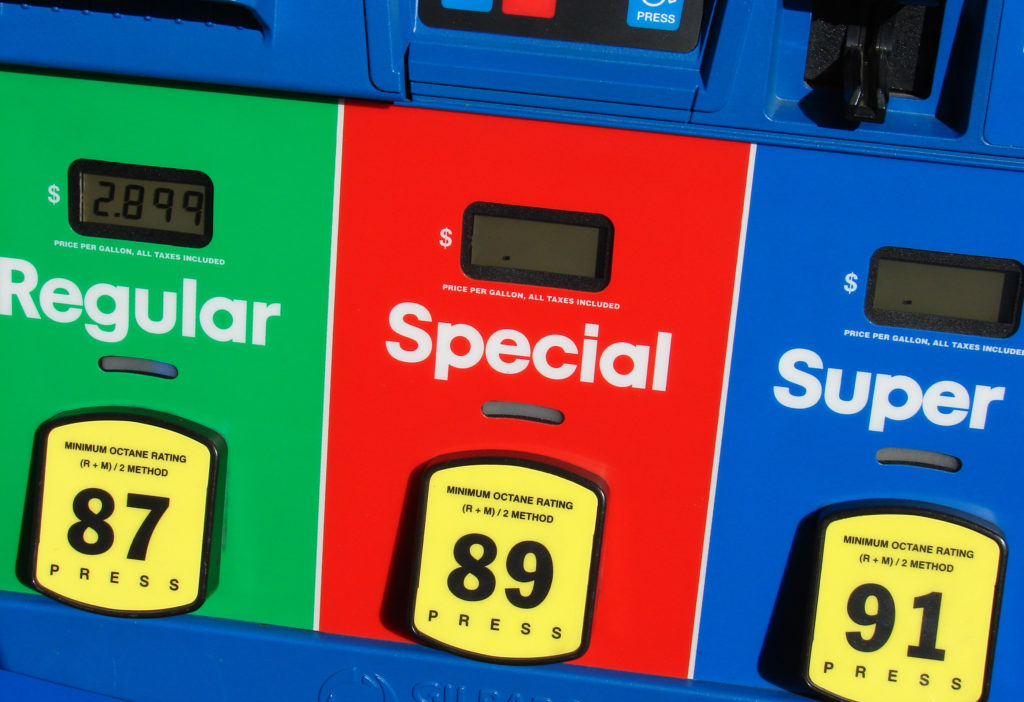
(Source: Shutterstock)
Check on the support that your sports car engine has for certain fuel. Diesel fuel has become popular in some sports cars for being easier to burn off and for potentially offering more power to the engine.
Premium grade fuels with a higher octane level may also work. Premium gas can handle knocking better than unleaded fuel. This is critical for a larger sports car engine that can wear out quickly if it uses lighter fuel. It is true that premium grade fuels cost more to use but they can make a difference when getting your engine to run quickly and without interruption.
Proper Connections to a Battery and Alternator
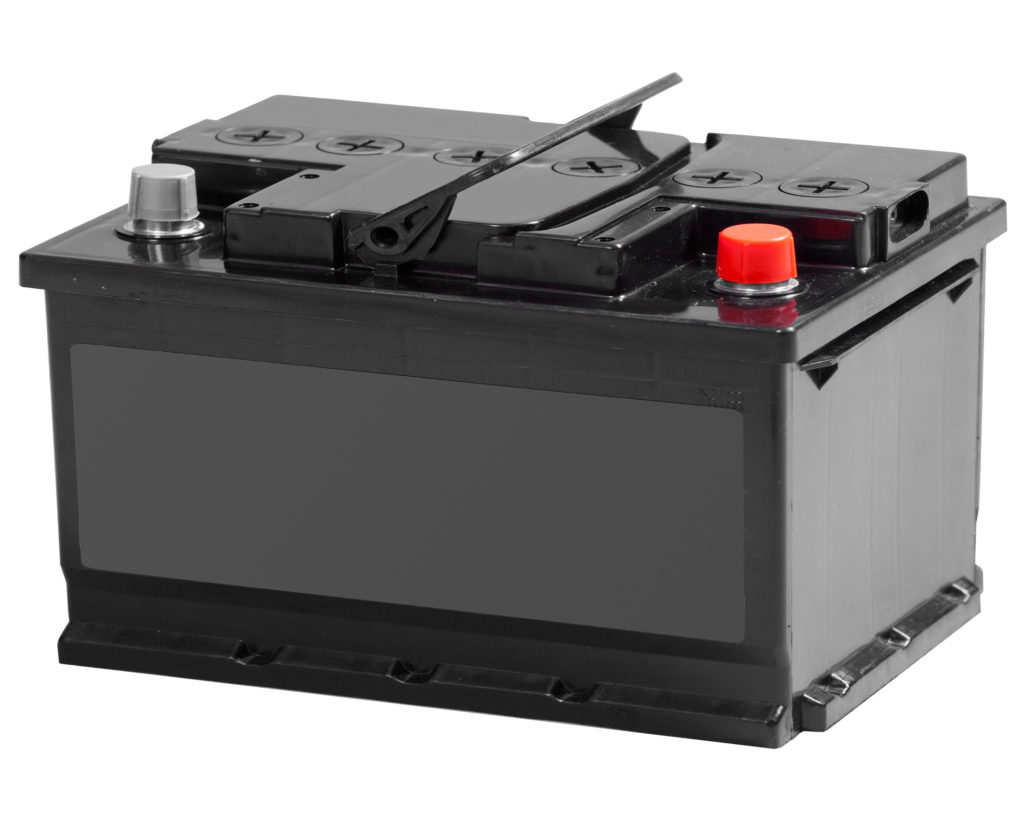
(Source: Shutterstock)
The last point is to see that the battery and alternator can be carefully linked to your engine. You’re clearly going to need both parts to work well when getting the engine to start up. Check on how short the connections are as you’ll have a more reliable setup for your electrical parts when those connections are minimal. This keeps you from having to wait so long to get enough energy added to your engine. As a result, you can get out there faster and with little effort when used right. It may also keep the engine at a sensible position.
